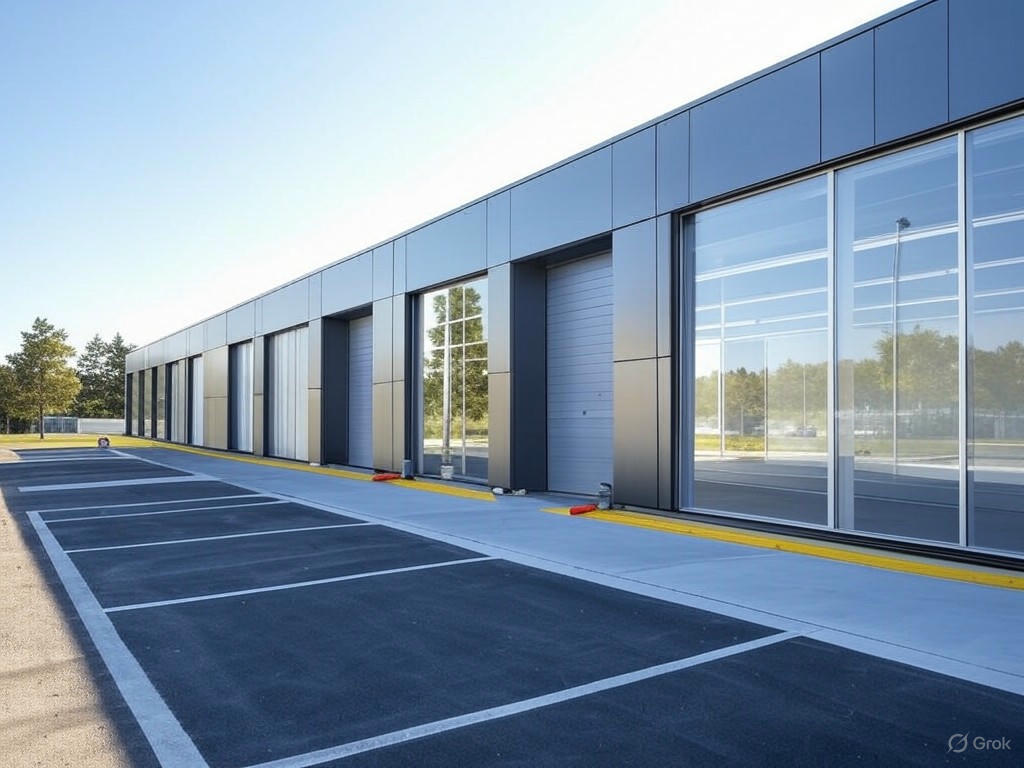America’s EV Battery Boom Faces Uncertain Future Amid Slowing Sales
The United States has poured billions into building a robust electric vehicle (EV) battery industry, envisioning a future of sustainable transportation and domestic manufacturing dominance. Over the past few years, massive investments have fueled the construction of sprawling battery plants across the country, promising thousands of jobs and a significant reduction in reliance on foreign supply chains. However, as the EV market encounters unexpected headwinds, questions are mounting about whether this ambitious industrial push might be stalling before it truly takes off.
The initial excitement surrounding EVs was driven by a combination of environmental urgency and generous government incentives. Tax credits and subsidies encouraged both consumers to adopt electric vehicles and manufacturers to set up shop in the U.S. States like Michigan, Georgia, and Kentucky became hotbeds for new battery factories, with companies betting big on a steady rise in demand. Yet, recent data paints a less rosy picture. EV sales growth has decelerated, with consumers citing concerns over high upfront costs, limited charging infrastructure, and battery range anxiety. This slowdown has left some manufacturers with excess capacity, forcing them to reconsider timelines for expansion or, in some cases, pause operations altogether. The ripple effect is palpable—plants that were meant to be economic engines for local communities now risk becoming symbols of overambition.
Adding to the uncertainty is the shifting political landscape. With Republican lawmakers gaining influence, there’s growing scrutiny over the tax credits and federal funding that have underpinned the EV sector’s growth. Critics argue that these incentives distort the market and burden taxpayers, especially when demand isn’t keeping pace with supply. If these financial lifelines are scaled back or eliminated, the economic viability of many battery plants could be jeopardized. Companies that invested heavily under the assumption of continued government support may find themselves stranded, unable to recoup costs without a robust customer base. This tension highlights a broader challenge: balancing long-term environmental goals with short-term economic realities.
Despite these hurdles, there’s still hope for the industry. Some experts believe that the current slowdown is a temporary bump rather than a permanent roadblock. Advances in battery technology could lower costs and improve performance, reigniting consumer interest. Additionally, global pressures to combat climate change may push policymakers to maintain or even increase support for green initiatives, regardless of partisan divides. For now, though, the U.S. stands at a crossroads. The dream of a manufacturing renaissance tied to electric vehicles remains alive, but its success hinges on navigating a complex web of market dynamics and political will. As the nation watches these battery plants grapple with an uncertain future, one thing is clear: the path to a cleaner, more sustainable economy is far from straightforward.


